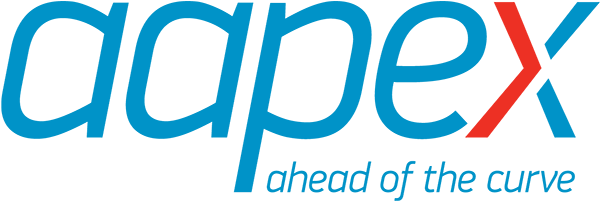Six Trends in Fleet Evolution
Monday, July 23, 2018

By Behzad Rassuli, SVP, Strategic Development, Auto Care Association
The only thing constant is change, and this old adage absolutely holds true for the ever-evolving vehicle fleet. Recent market intelligence reveals that the trends affecting the fleet are profoundly affecting how the auto care industry does business.
Here are six key trends impacting this evolution, and how the industry is addressing these changes to stay flush with the fleet.
- FOREIGN VS. DOMESTIC
The American consumer continues to demonstrate a strong preference for import name plates. According to IHS Markit, the mix of light vehicles is projected to change, with domestics on the road continuing to decline while import name plates (currently at 46 percent share), such as Japanese, German and Korean increase.
- CARS VS. LIGHT TRUCKS
Consumers and domestic manufacturers are leaving the sedan segment of the market in favor of light trucks (including SUVs and CUVs). Automakers have been responding to the changing consumer preference with a flood of new light truck models. Light trucks hold a 64 percent market share, versus 36 percent for passenger cars. According to J.D. Power, U.S. sales of light trucks are forecast to reach between 16.7 million and 16.8 million units in 2018.
- HYBRIDS
Hybrids continue to gain share in U.S. vehicle registration, totaling 4.4 million registrations as of January 2018 and up nearly 8 percent from the previous year. California leads the nation in hybrid vehicle registrations, with more than a quarter (27.3 percent) of all hybrids registered. The next top three states are Florida (5.3 percent), Texas (5.2 percent) and New York (4.3 percent).
- DRIVING ALTERNATIVES
What was once just purchasing and leasing cars now includes ride sharing, vehicle subscriptions, bike shares, scooters and more. Growing cities, more public options and evolving habits have birthed what is now known as the sharing or collaborative economy – a world where nearly anything can be obtained on-demand, at a fraction of the cost without the commitment of ownership – and it’s changing the way we work, play and live.
- TELEMATICS
While there are a plethora of benefits to the aftermarket thanks to telematics, potentially being unable to service vehicles due to OEM-specific codes or new specialized equipment needed to diagnose and repair these vehicles can also pose a significant threat to our industry.
- EXTENDED SWEET SPOT
Vehicles are lasting longer, highlighted by the growth of 16-year-or-older vehicles on the road. The average age of all light vehicles in the U.S. is 11.7 years (9.6 years in Canada), and nearly half of U.S. total light vehicles are older than 11 years. The $16.5 billion U.S. consumers paid in premium for extended vehicle warranty contracts signals their desire to keep their vehicles on the road longer. All of this is extending the vehicle repair window sweet spot, requiring every segment of the industry to serve the widest range of years, makes and models to date. Aftermarket professionals also must retain historical knowledge of traditional combustion engines, parts and components, despite more technologically advanced cars entering the fleet.
As the fleet continues to experience these significant changes, the robust aftermarket is poised to continue to adapt to their impacts.
Automotive technician employment is up and demand for those technicians grew at a 9-year CAGR of 1.2 percent. Technicians’ hourly wages also were higher this year than last, rising 3.1 percent – a reflection of demand and need for new skills to keep up with more technologically advanced vehicles. Thankfully, our industry is addressing this demand by adding more than 52,000 jobs in the past year, totaling 4.6 million professionals employed in the aftermarket – but there’s still more work to do.
The changing fleet still begs a few questions. Will miles driven increase or decrease with more autonomous vehicles on the road? Who will own vehicle fleets and ride sharing services? Who will provide the parts and maintain the vehicles in fleets? Get the answers to these questions and more from Kumar Saha, research director at Frost & Sullivan during his session at AAPEX 2018. Add it to your calendar now.
